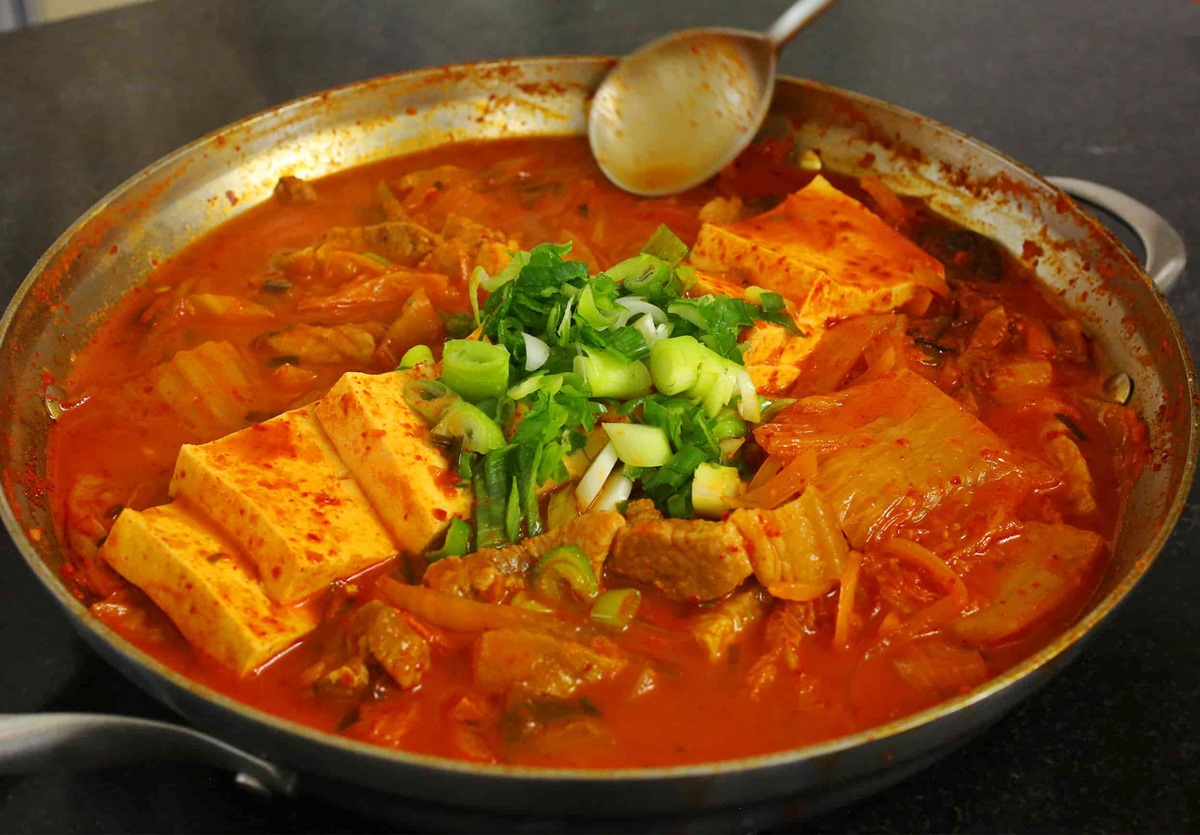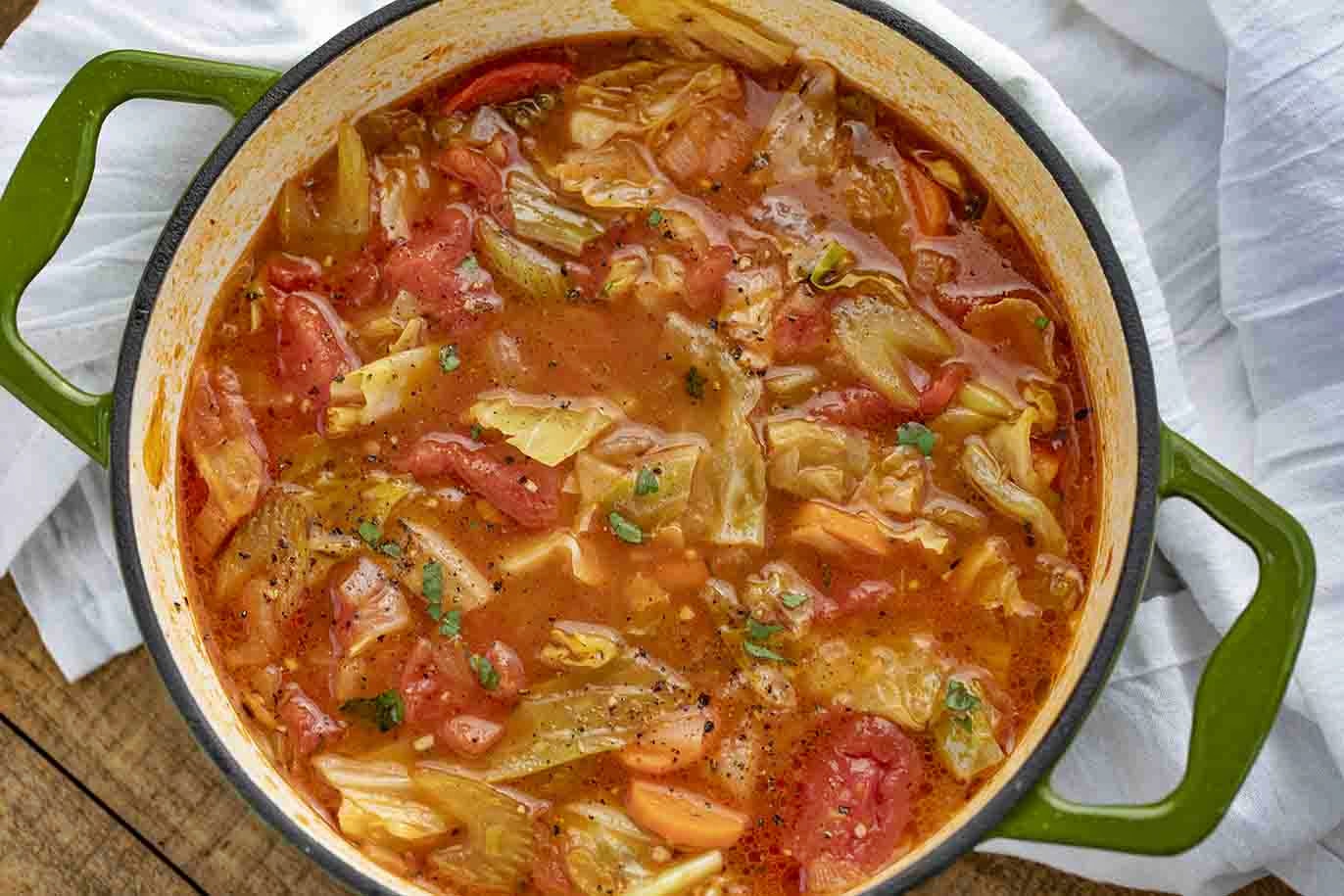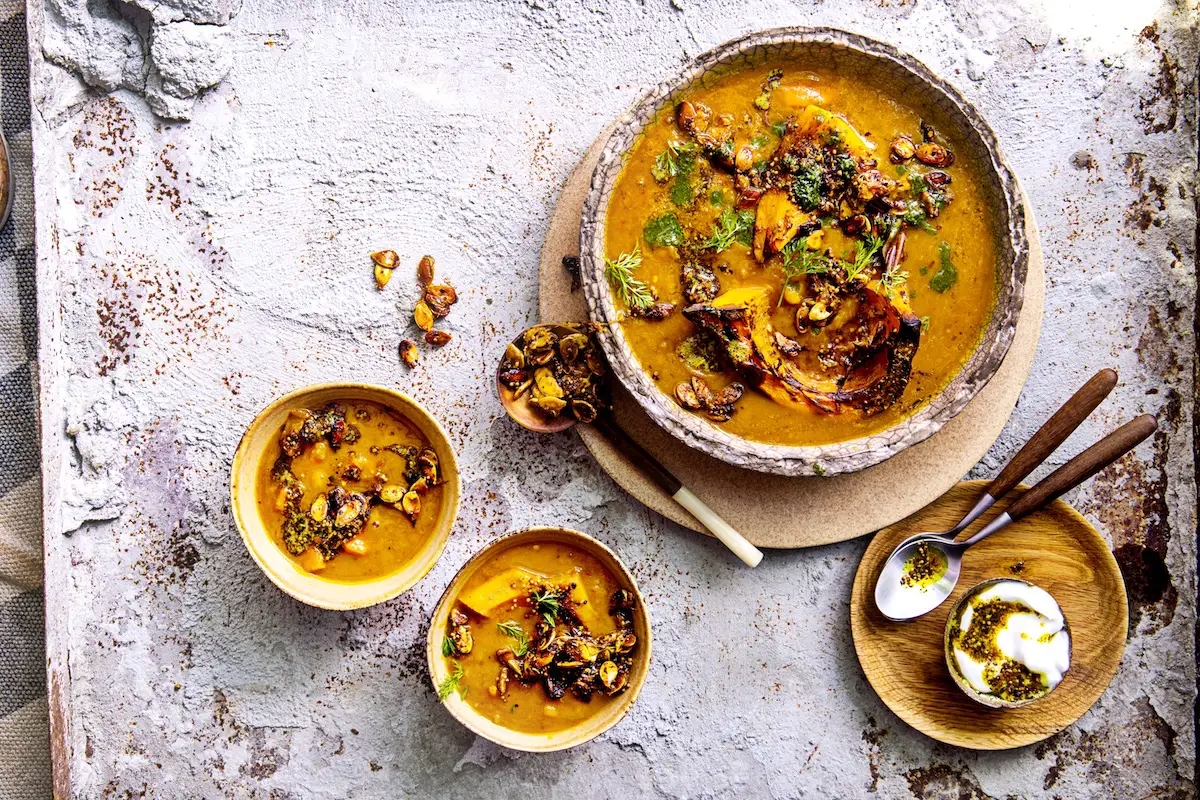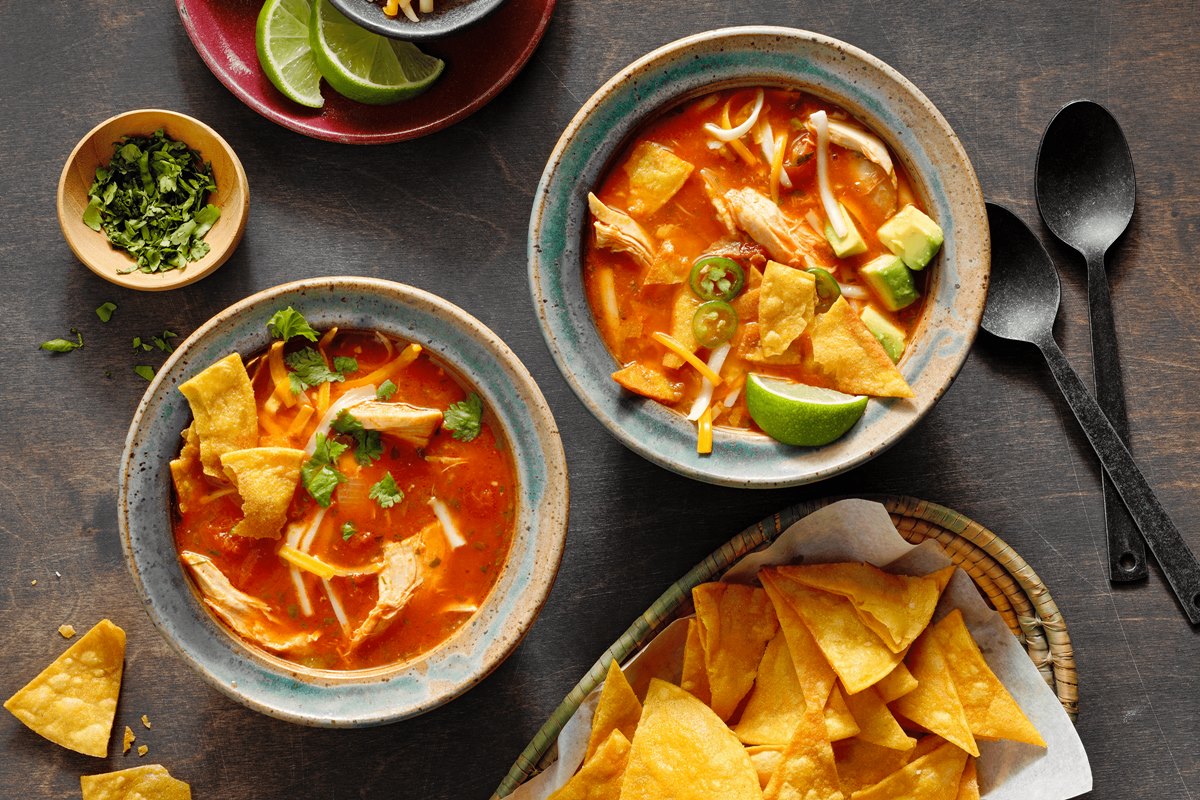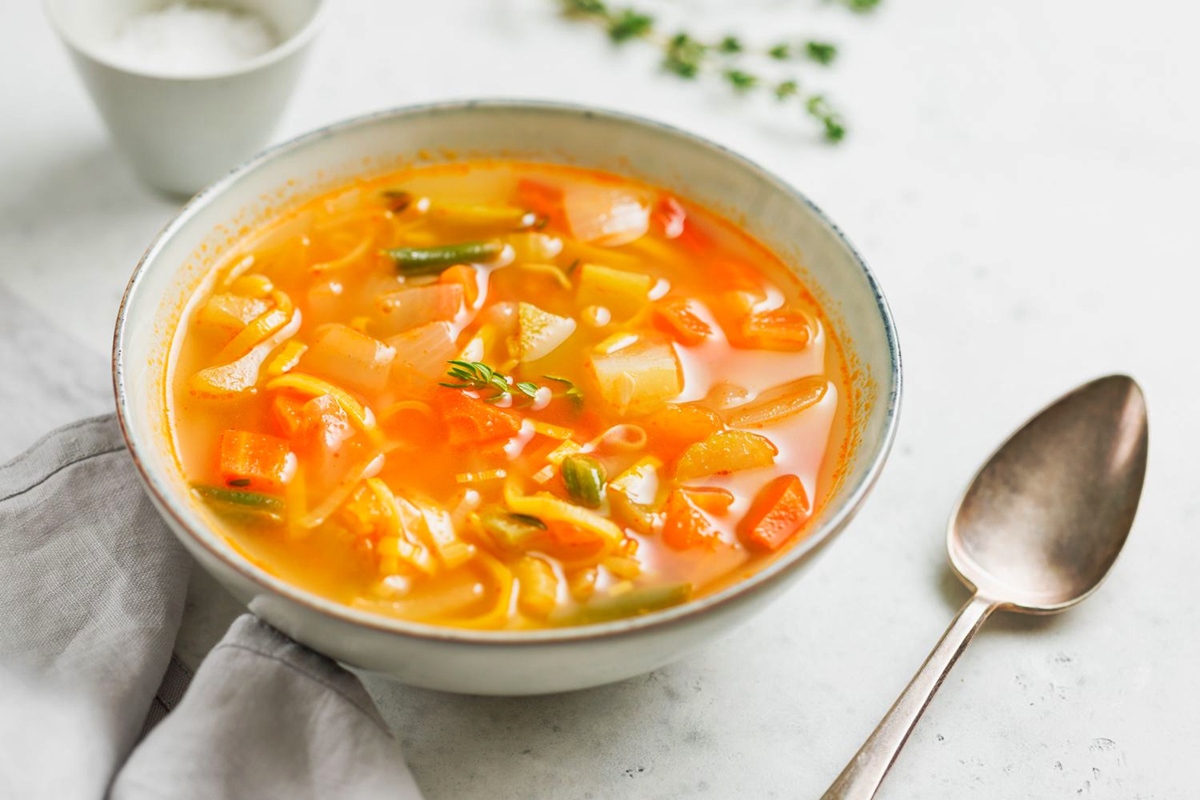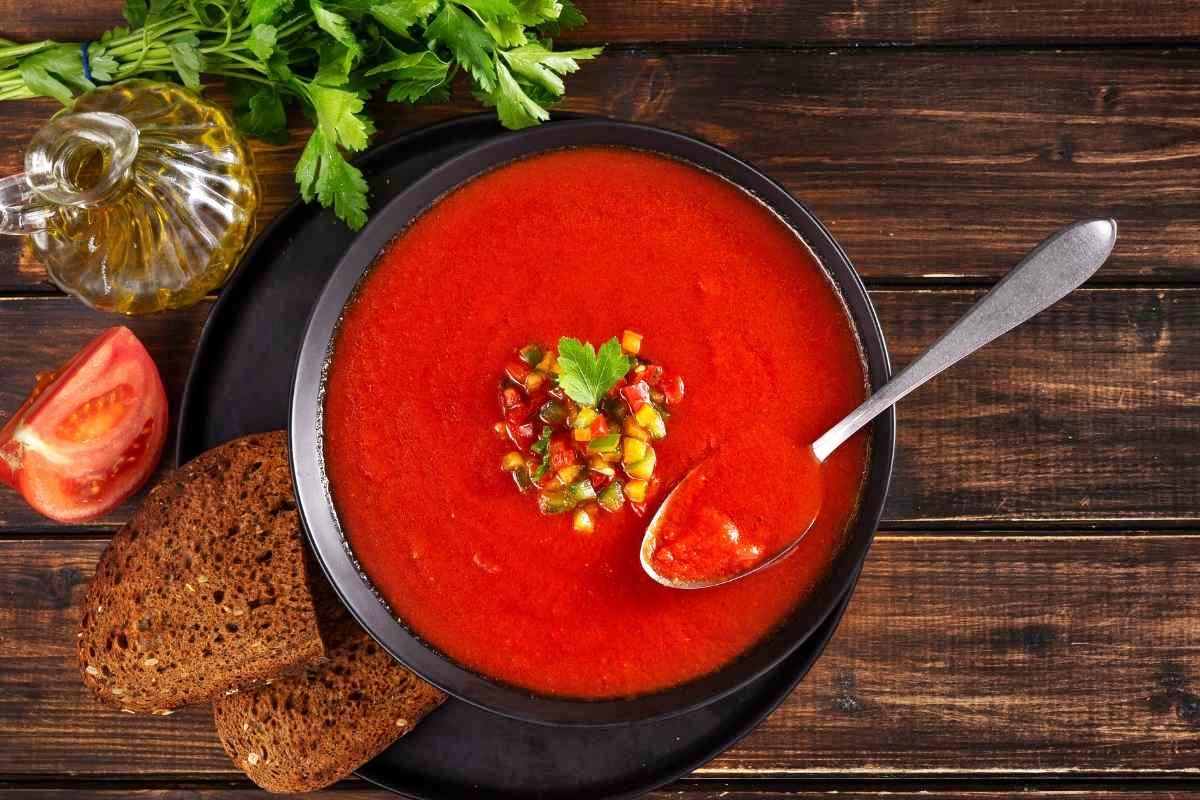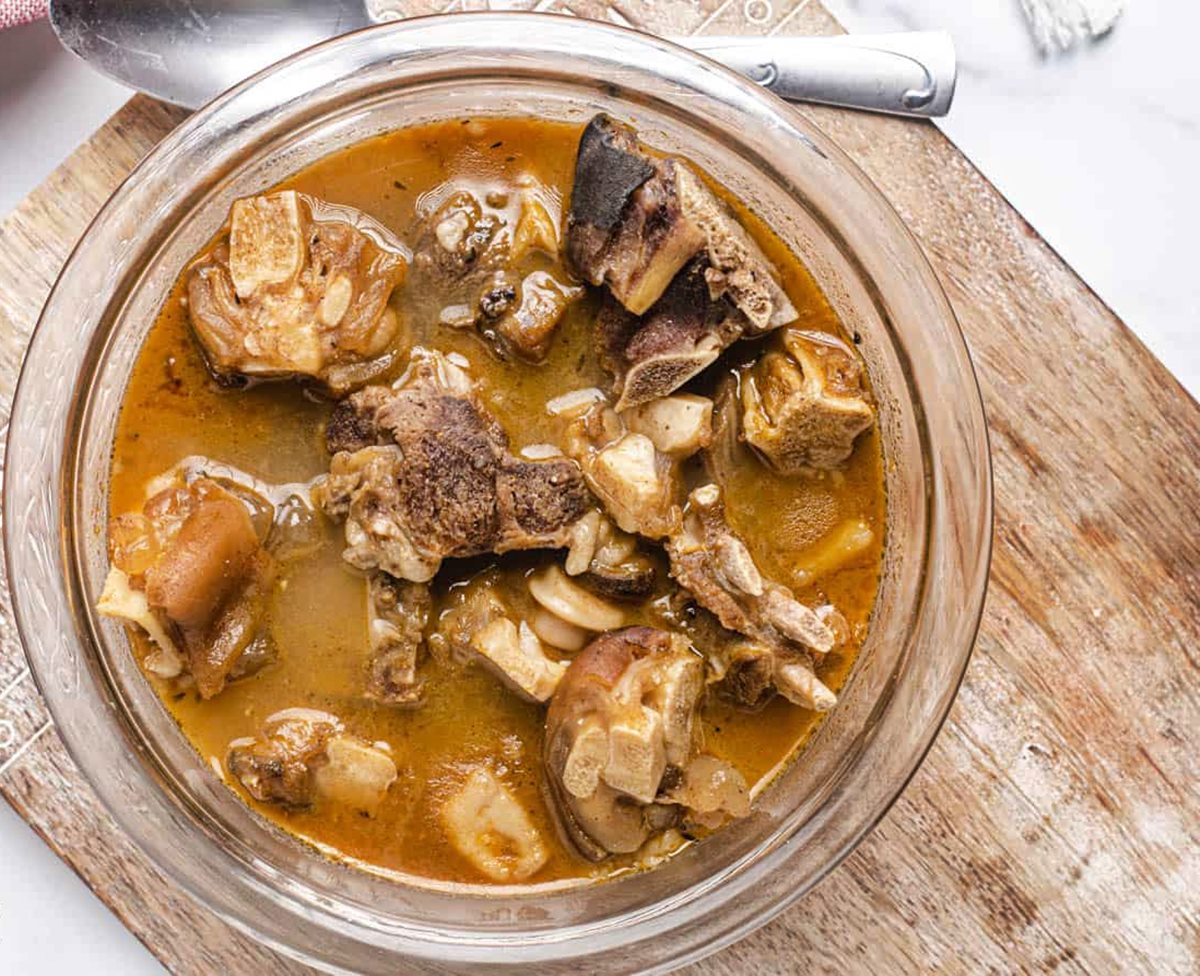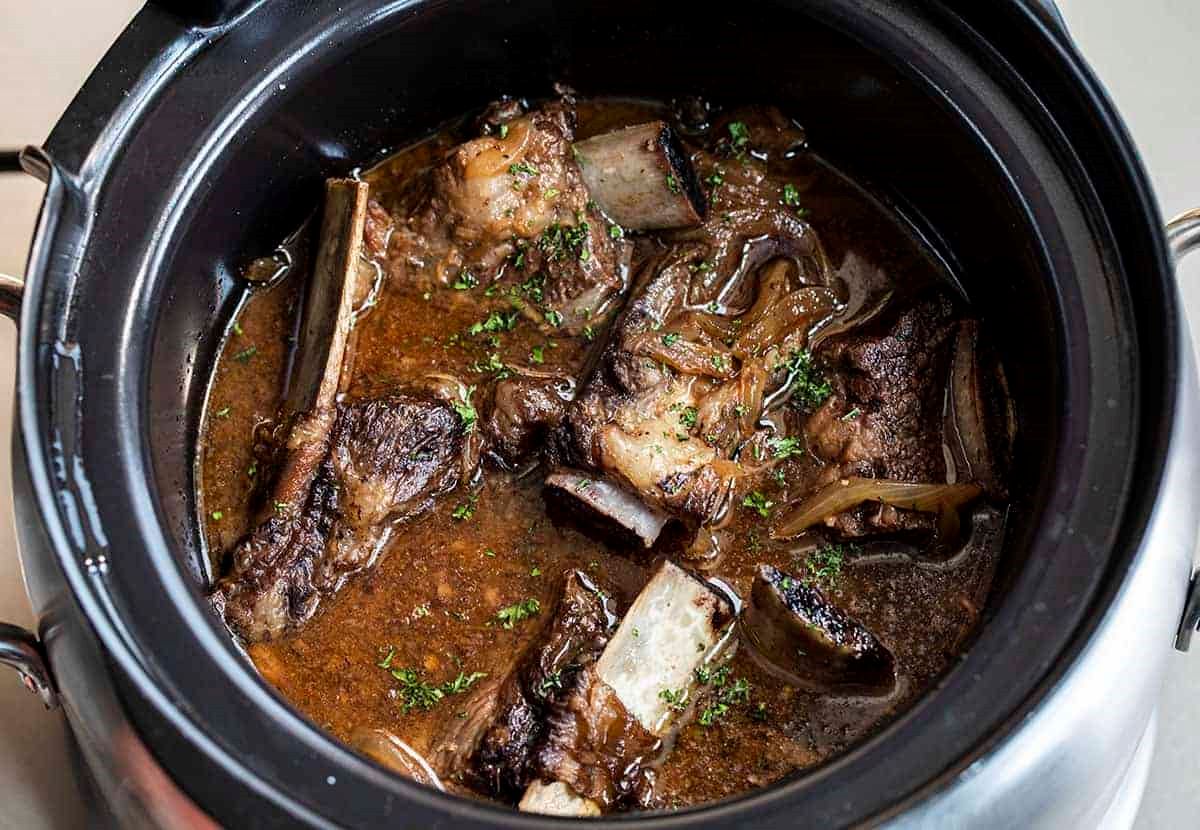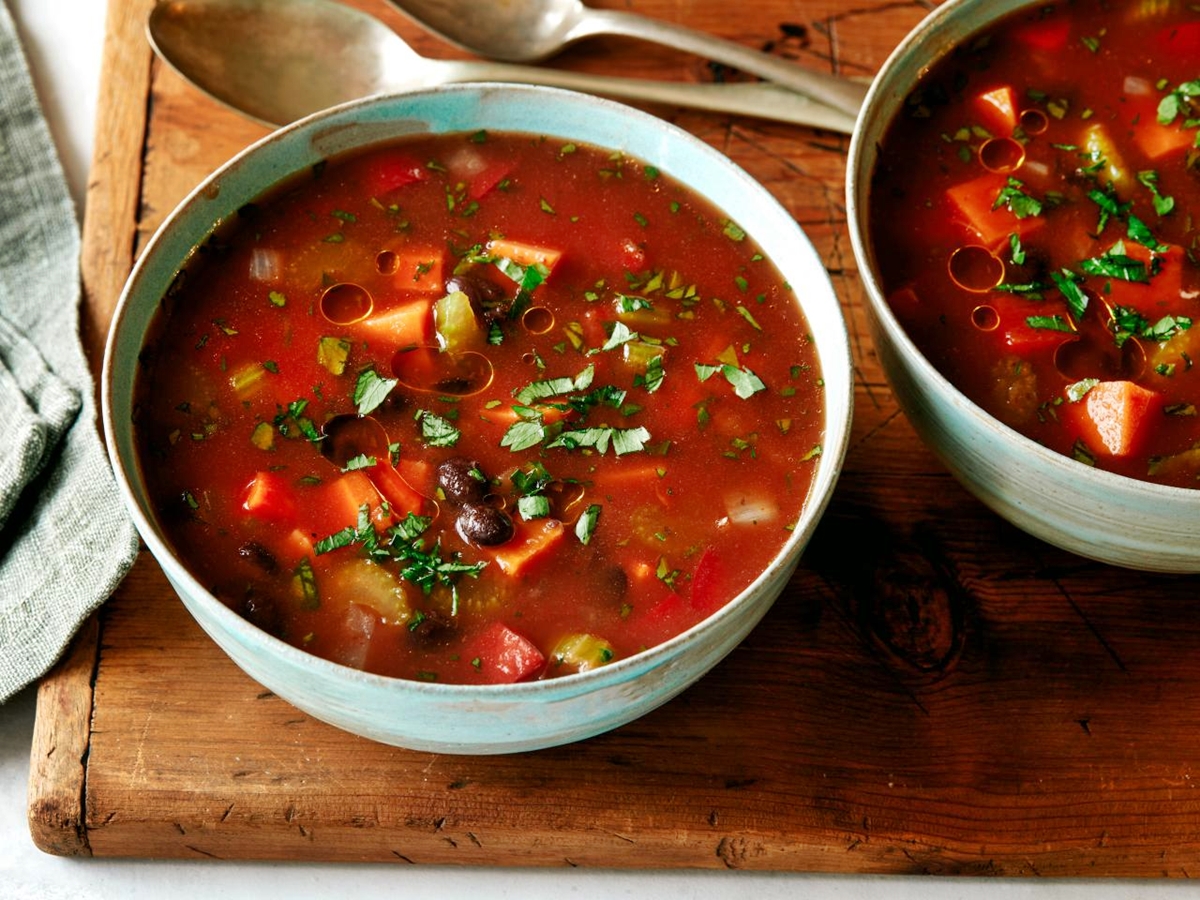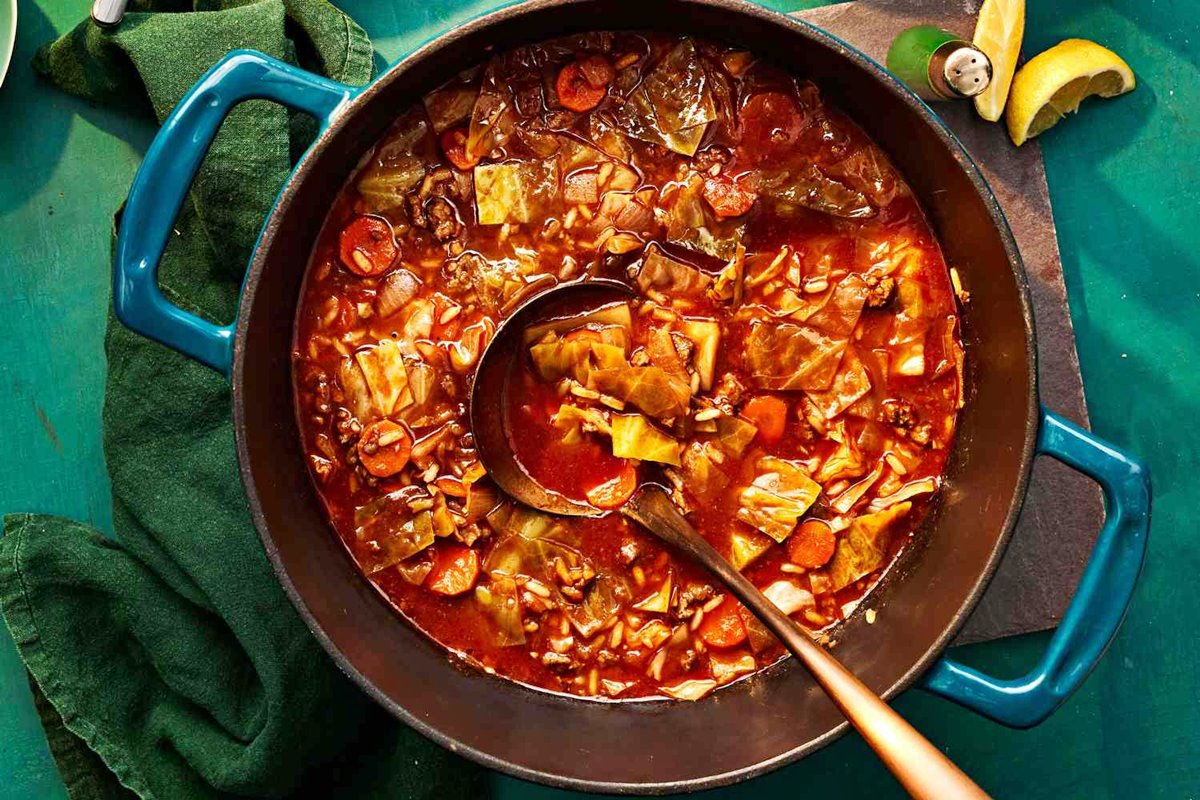The Pressure Cooker Makes Short Work of This Authentic Texas Chile con Carne
Are you a fan of Tex-Mex cuisine? Do you crave the rich flavors and spicy kick of a hearty bowl of chili con carne? Look no further! In this blog post, we will share an authentic Texas recipe for chili con carne and show you how using a pressure cooker can make the cooking process quicker and easier than ever before.
Chili con carne, which translates to “chili with meat,” is a classic Texan dish that has gained popularity worldwide. It is traditionally made with chunks of beef, chili peppers, onions, garlic, and a blend of spices, creating a mouthwatering combination of flavors. While the traditional cooking method involves simmering the ingredients for several hours, the pressure cooker can significantly speed up the process without sacrificing taste.
Why use a pressure cooker?
The pressure cooker is a versatile kitchen appliance that uses steam and high pressure to cook food faster than traditional methods. It can tenderize tough cuts of meat, intensify flavors, and retain the nutritional value of the ingredients. When it comes to making chili con carne, using a pressure cooker not only speeds up the cooking time but also helps infuse the flavors more deeply into the meat.
Let’s dive into the recipe:
- Gather the ingredients:
- 2 pounds of beef stew meat, cut into bite-sized pieces
- 2 tablespoons vegetable oil
- 1 onion, diced
- 3 cloves of garlic, minced
- 2 tablespoons chili powder
- 1 teaspoon ground cumin
- 1 teaspoon paprika
- 1/2 teaspoon cayenne pepper (adjust according to your spice preference)
- 1 can (14 ounces) diced tomatoes
- 1 can (15 ounces) kidney beans, drained and rinsed
- 1 cup beef broth
- Salt and pepper to taste
- Heat the vegetable oil in the pressure cooker over medium heat. Add the diced onion and minced garlic and sauté until translucent.
- Add the beef stew meat to the pressure cooker and brown it on all sides. This step helps seal in the juices and adds depth of flavor to the chili.
- In a small bowl, combine the chili powder, ground cumin, paprika, and cayenne pepper. Sprinkle this spice mixture over the meat and onions, stirring well to coat everything evenly.
- Pour in the diced tomatoes, kidney beans, and beef broth. Give everything a good stir to combine.
- Secure the lid on the pressure cooker and set it to high pressure. Cook for 25-30 minutes to allow the flavors to meld together and tenderize the meat.
- Once the cooking time is up, carefully release the pressure according to the manufacturer’s instructions. Give the chili a taste and adjust the seasoning with salt and pepper if needed.
- Serve your authentic Texas chili con carne in bowls, garnished with your favorite toppings such as shredded cheese, sour cream, chopped onions, or fresh cilantro.
With the pressure cooker, you can enjoy a bowl of authentic Texas chili con carne in a fraction of the time it would take using traditional methods. The tender, flavorful meat and perfectly combined spices will satisfy your Tex-Mex cravings and leave you wanting more. So, why wait? Grab your pressure cooker and enjoy this mouthwatering dish today!
Do you have any favorite pressure cooker recipes? Have you tried making chili con carne using this incredible kitchen appliance? Share your experiences in the comments below!
Was this page helpful?
Read Next: How To Can Bean Soup
